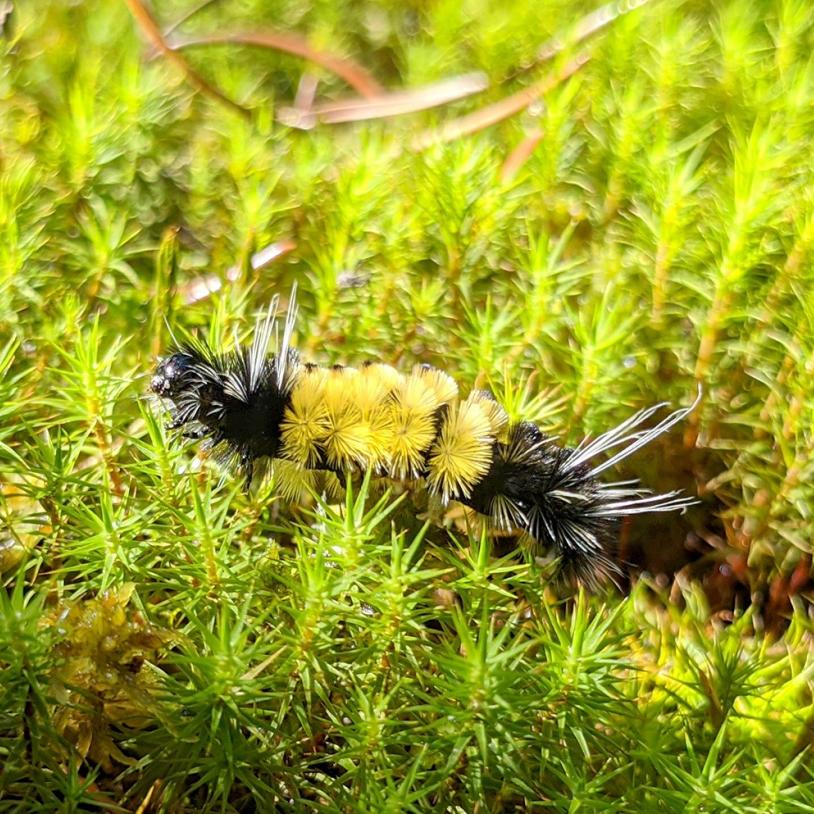Producing parsley and peat
Wednesday, November 27, 2024
On throne speech day in Manitoba — November 19, 2024 — I harvested the parsley out of my garden in Winnipeg. Gardeners on the prairies know that harvesting produce from gardens here usually happens in September or October, not well into November. We’re witnessing abrupt changes to our climate, and Manitoba’s relationship with peat is going to need to be addressed.
Parsley thrives in cool weather, handling frost and even a quick dip below freezing. Gardeners likely know this, just as most plant growers know peat moss. They see it in the nursery and the garden stores as they search for growing mediums and soil. But what do other folks know about peat?
Wilderness defenders know peat bogs as massive landscape-level wetlands that store and filter water. Moose and unusual carnivorous plants can be found in peatlands too. Climate scientists know peatlands for their greatest strength: as the most carbon-rich terrestrial ecosystem on the planet.
What Manitobans need to know is that we are one of the largest peat miners in North America, and we're causing the release of MILLIONS of tonnes of carbon that’s warming our world. Here’s a blog of seven simple peat facts we published a few years back, so you too can know peat.
We’ve been ringing the alarm on peatlands in Manitoba since 2012, and the previous NDP government introduced several pieces of legislation to protect this climate preserving powerhouse. In 2014, we got the Peatland Stewardship Act and with it, the ability to protect peatlands. But this snapshot from 2020 reveals we hadn’t seen progress, and peat mining began rearing its ugly head again.
Sun Gro Horticulture applied for an Environment Act licence to drain another peatbog — the Evergreen Bog in eastern Manitoba — in the fall of 2020. Despite all of the previous and new public discourse about peat, the project was approved with a new licence in December 2023. Of course, Manitoba got a shiny new NDP government mere weeks before this peat licence was issued so one could give responsibility for this climate crime to the previous Progressive Conservative government. But what about the next peat projects?
In October 2024, Sun Gro applied for two more new peat mines — Julius Lake West Bog in eastern Manitoba and Sugar Creek Bog near the shores of Lake Winnipeg.
How did we get from a ban on peat mining in 2012 to three brand new peat mine plans a dozen years later? What's changed?
The biggest change is the recognition of the climate catastrophe we are experiencing. What's changed is the scientific community bellowing that the biodiversity crisis and the climate crisis have to be acted upon by 2030. What's changed is that the general public agrees with and supports climate action to lower emissions.
So then where is the Manitoba government on this? The new NDP government told the Winnipeg Free Press/The Narwhal, “they are not currently considering a moratorium on peat mining.” You know what else they're not doing? Acting on climate. The Manitoba government has not produced emissions reduction targets or legislation and has not produced a climate plan.
The rest of the world knows we need peat in bogs, not in bags. We need to stop the massive carbon emissions caused due to peat mining by ending the activity in the province. Manitoba must commit to a goal of protecting two-thirds of its peat bogs, as the international community has asked.





